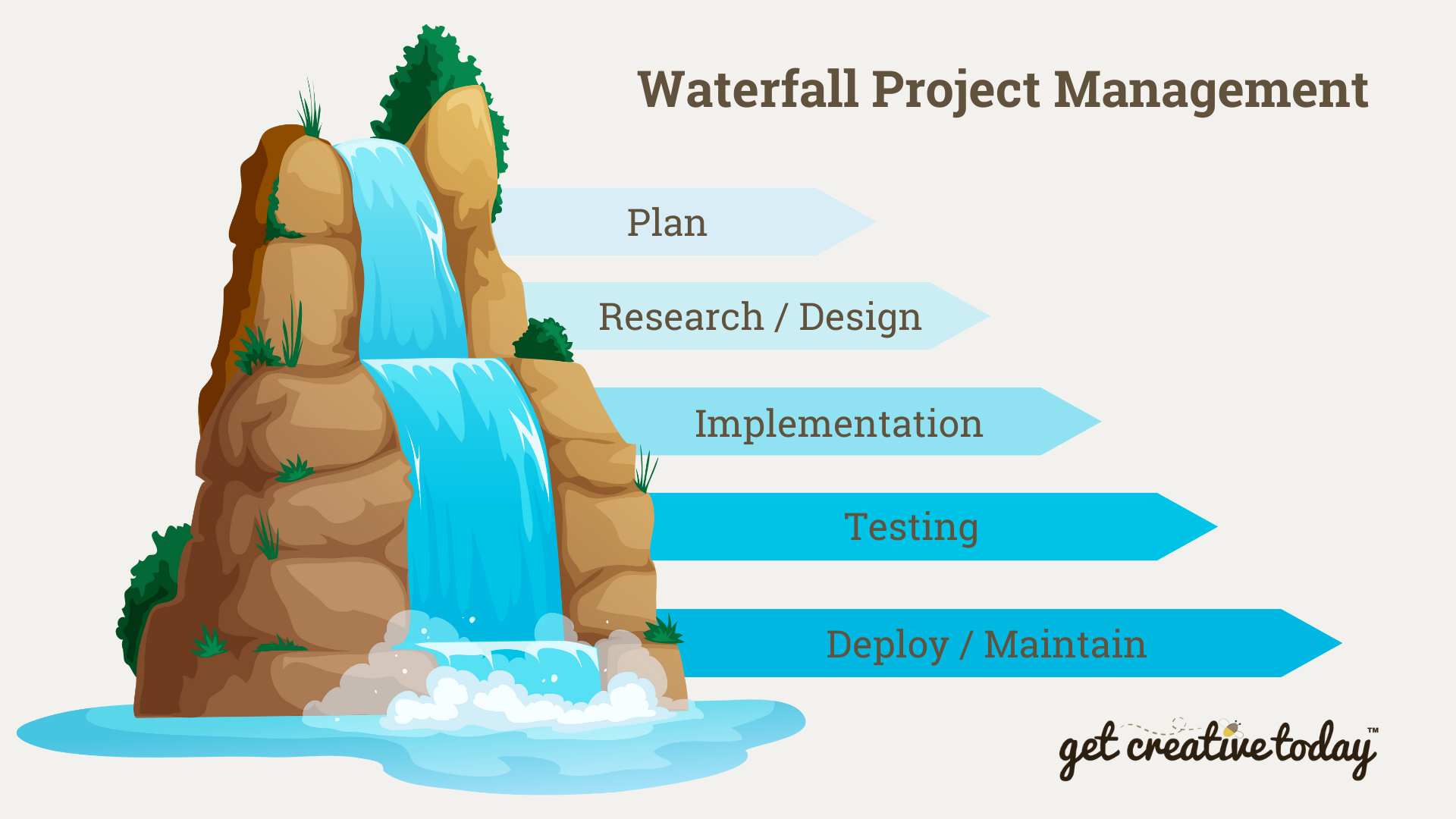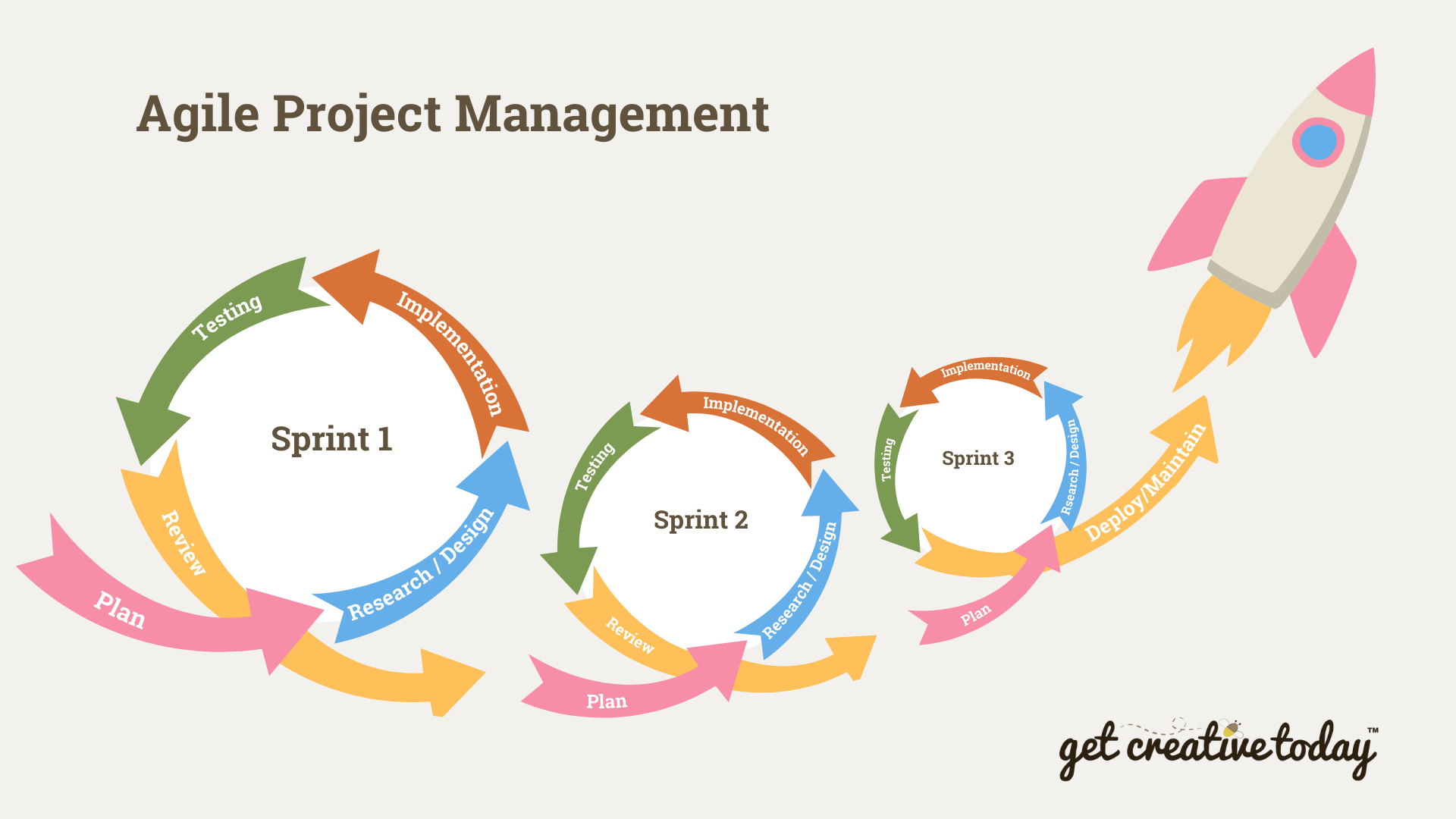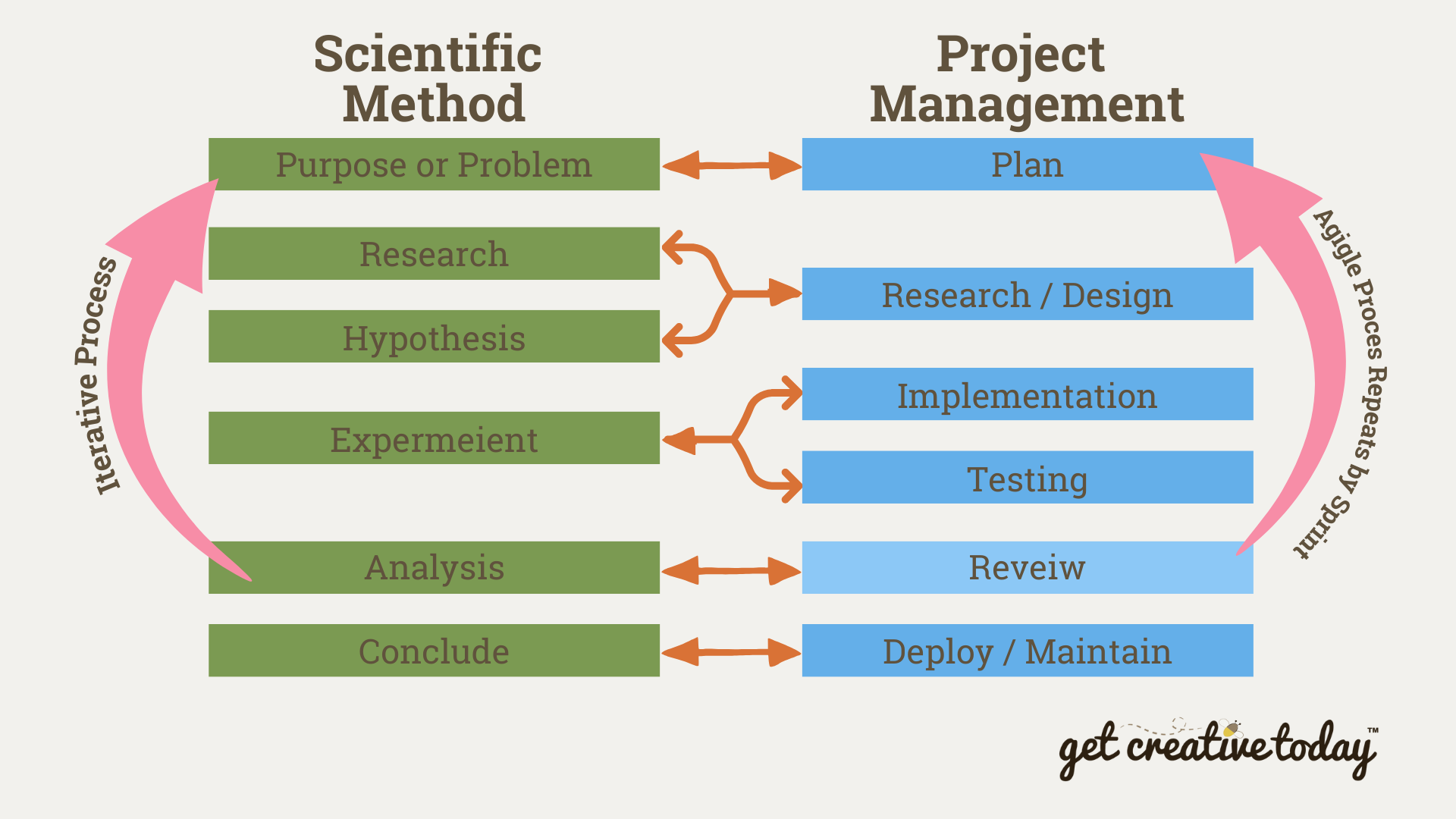Project Management
One of the many challenges we may face in the game of life is to complete a project. A project is defined as a complex, non-routine, task within a time constraint, a project can be any number of things. It could be a research paper you have been assigned, an big event that you are organizing, a product you plan to take to market, a home renovation, or even a game your are working to produce.
In order to complete complex tasks, like a project, we humans learn and develop strategies for successfully completing these tasks. This is similar to how we develop strategies for wining a game. For example we implement a certain tactic for moving pieces in chess, devise a plan for good offensive for a football game and recognize best way to not be discovered in Among us.
A strategy can be defined as a plan for achieving goals, focusing on "what" goals to achieve and "why" those goals are important. Once a strategy has been selected a method or process is developed or applied to in order to reach the goal.
What is Project Management
Process used for completing a project is known as Project management. This process consists of planning, executing and managing a project. There are several different approaches to project management but the two most widely used are waterfall and agile.
Waterfall Project Management
Considered the traditional process of project management, waterfall, is a linear approach that manages one phase of the process at a time. These phases (steps) in the waterfall process are:
- Plan: create a project plan documenting all project requirements.
- Research / Design: research what has come before, design new ideas to implement.
- Implementation: put the plan into action or build on the design.
- Testing: test the effectiveness of the design/plan.
- Deploy/Maintain: finalize the project for submission, continue maintenance/updates as needed.

Waterfall project management has been around since the 1950's and works well for projects that are short, simple and have clear and fixed requirements.
Using the waterfall method for a complex project may not always be the best approach, because all the testing is done when a project is near complete. Can you imagine creating an entire game and only afterward evaluate its effectiveness? This lack of flexibility and contentious testing could lead to a lot of wasted time and expenses.
Agile Project Management
In 2001 the Agile Manifesto for software development was created by a group of 17 technologists, as a replacement for the waterfall method.
Agile project management unlike waterfall, is an iterative process, which requires evaluation throughout the design and development.
The Agile approach allows for faster project development by breaking the project into smaller irritative processes. Essentially the agile approach takes individual requirements of the project and applies the waterfall process, after testing we review if the requirement. If it has then we begin to plan for the next requirement. If the requirement is not met then we go back to the planning and design phase until the requirement is met or revised.

A good example of waterfall vs agile project management in the real world, is to simply take a look at 1960's NASA vs SpaceX. In the early years of the space race, NASA used a waterfall method, by building a single rocket from start to finish and then deploying it. While small scale tests were conducted they only really knew what would happen when the rocket was ready for actual launch. Space X on the other hand uses an agile development, while in which they are working on multiple ships and parts at a time, testing each as they go, and are able to make refinements with each iteration. This allows them to ensure that capabilities of their rockets and quick change directions if needed.
The three major techniques in agile development include:
- Sprints: a set timeline (usually 2 to 4 weeks) to reach certain deliverables, each sprint is its iterative process
- Scrum Meetings: short daily meetings in which each team member shares, accomplishments, goals, and obstacles
- Prioritizing: creating a list of core features or tasks and placing them in order of importance to the project, ensure key elements of the project are complete first.
A scrum board is a tool used to keep everyone up to date with the status of the project. The board can be physical or digital and is usually dived into columns:
- Tasks or Backlog: a prioritized list of tasks or features
- In-Progress: tasks that are currently in progress and who is responsible for them
- Testing: features that have been developed and are currently in the testing phase
- Completed: features or tasks that have been completed.
The scrum board is usually updated during scrum meetings.
Project Management and the Scientific Method
Just as the creative process can be aligned back to the scientific method, so can project management. Both waterfall and agile project management have the same basic steps, which align with the scientific method. Like the Scientific Method, project management is an iterative process.

Agile project management will iterate each sprint throughout the project, while waterfall project management completes or nearly completes the project before iterating upon it. Depending on the scale of inquriy and the results of the analysis, the scientific method may take either a waterfall or agile approach to iteration.
Cited References
- Miranda, D. (2023, July 12). Project management methodologies all PMS should know. Forbes. https://www.forbes.com/advisor/business/project-management-methodologies/
- Wilson, M. D. (2023, March 16). The difference between strategy, process, task, and System. Processology Insights. https://blog.processology.net/the-difference-between-strategy-process-task-and-system